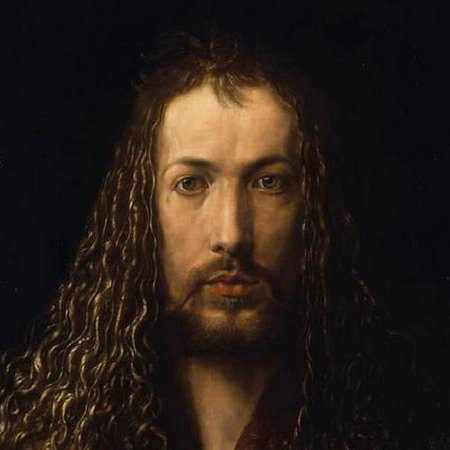Germany. German art has a long and distinguished tradition in the visual arts, from the earliest known work of figurative art to its current output of contemporary art. Germany has only been united into a single state since the 19th century, and defining its borders has been a notoriously difficult and painful process. For earlier periods German art often effectively includes that produced in German-speaking regions including Austria, Alsace and much of Switzerland, as well as largely German-speaking cities or regions to the east of the modern German borders. Although tending to be neglected relative to Italian and French contributions from the point of view of the English-speaking world, German art has played a crucial role in the development of Western art, especially Celtic art, Carolingian art and Ottonian art. From the development of Romanesque art, France and Italy began to lead developments for the rest of the Middle Ages, but the production of an increasingly wealthy Germany remained highly important. The German Renaissance developed in rather different directions to the Italian Renaissance, and was initially dominated by the central figure of Albrecht Durer and the early German domination of printing. The final phase of the Renaissance, Northern Mannerism, was centred around the edges of the German lands, in Flanders and the Imperial capital of Prague, but, especially in architecture, the German Baroque and Rococo took up these imported styles with enthusiasm. The German origins of Romanticism did not lead to an equally central position in the visual arts, but German participation in the many broadly Modernist movements following the collapse of Academic art have been increasing important. The area of modern Germany is rich in finds of prehistoric art, including the Venus of Hohle Fels. This appears to be the oldest undisputed example of Upper Paleolithic art and figurative sculpture of the human form in general, from over 35,000 years BP, which was only discovered in 2008; the better-known Venus of Willendorf comes from a little way over the Austrian border. The spectacular finds of Bronze Age golden hats are centred on Germany, as was the central form of Urnfield culture, and Hallstatt culture. In the Iron Age the Celtic La Tene culture centred on Western Germany and Eastern France, and Germany has produced many major finds of Celtic art like the elite burials at Reinheim and Hochdorf, and oppida towns like Glauberg, Manching and Heuneburg. After lengthy wars, the Roman Empire settled its frontiers in Germania with the Limes Germanicus to include much of the south and west of modern Germany. The German provinces produced art in provincial versions of Roman styles, but centres there, as over the Rhine in France, were large-scale producers of fine Ancient Roman pottery, exported all over the Empire. Rheinzabern was one of the largest, which has been well-excavated and has a dedicated museum. Non-Romanized areas of the later Roman period fall under Migration Period art, notable for metalwork, especially jewellery. German medieval art really begins with the Frankish Empire of Charlemagne, the first state to rule the great majority of the modern territory of Germany, as well as France and much of Italy. Carolingian art was restricted to a relatively small number of objects produced for a circle around the court and a number of Imperial abbeys they sponsored, but had a huge influence on later Medieval art across Europe. The most common type of object to survive is the illuminated manuscript; wall paintings were evidently common but, like the buildings that housed them, have nearly all vanished. The earlier centres of illumination were located in modern France, but later Metz in Lorraine and the Abbey of Saint Gall in modern Switzerland came to rival them. The Drogo Sacramentary and Folchard Psalter are among the manuscripts they produced. No Carolingian monumental sculpture survives, although perhaps the most important patronage of Charlemagne was his commissioning of a life-size gold figure of Christ on a crucifix for his Palatine Chapel in Aachen; this is only known from literary references and was probably gold foil around a wooden base, probably modelled with a gesso layer, like the later and rather crumpled Golden Madonna of Essen. Early Christian art had not featured monumental sculptures of religious figures as opposed to rulers, as these were strongly associated by the Church Fathers with the cult idols of Ancient Roman religion.
more...




